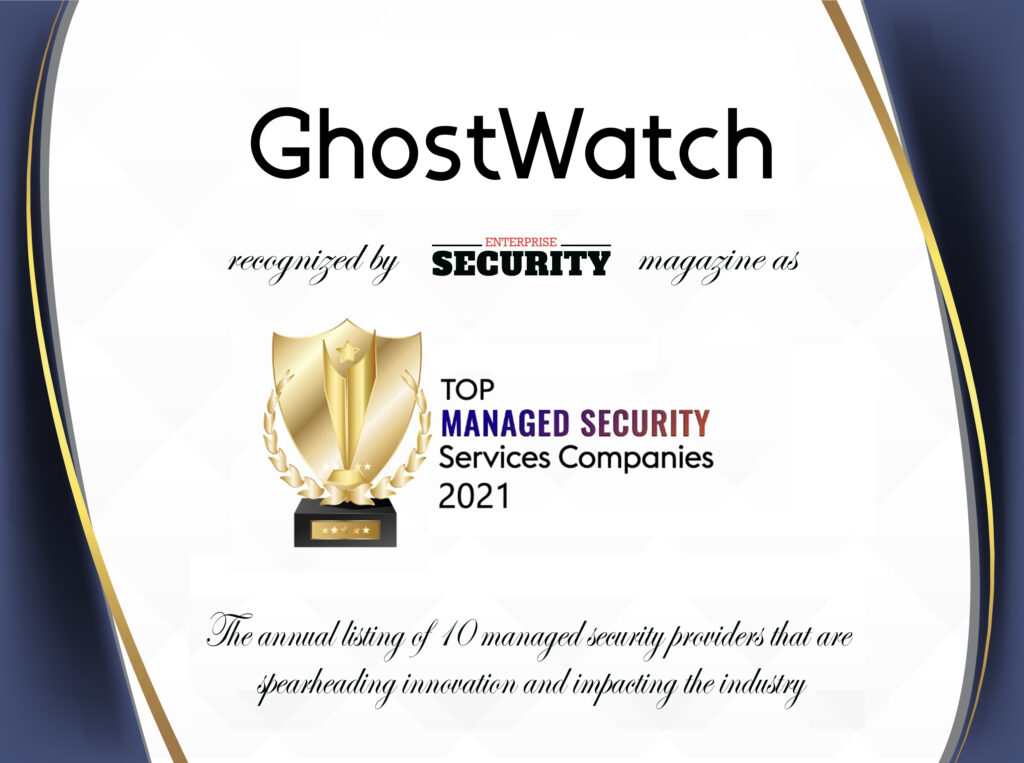What is a Remote Access Policy?
A remote access policy is a document that defines how employees may use remote access methods for both personal and business use. That includes setting up guidelines for devices that employees can use when they’re not in the office. A remote access policy ensures all devices meet specific security standards before employees can utilize them.
The primary purpose of a remote access policy is to help ensure employees use devices, systems, and applications securely. A business should have plans in place for how employees are allowed to connect remotely.
It’s also important to note that remote access policies extend to both mobile devices and home computers.
The role of remote access policies is to define the rules and guidelines that every employee needs to abide by when using remote equipment: what can be done and what cannot be done, which technologies will be used, and how, etc.
Nowadays, it is common for people to work outside an office environment despite having all their equipment in a said physical location. A remote access policy helps ensure an office environment remains efficient and secure.
What Does a Remote Access Policy Cover?
The remote access policy dictates permissions and responsibilities related to using remote access technologies. It specifies acceptable use standards when employees are at home and anywhere else outside the office.
For example, it must detail what types of devices (laptops, notebooks, or smartphones) may be connected to the network without breaking security measures. It should also identify the level of protection required for user authentication and authorization. The policy should provide clear guidelines as to the circumstances when remote access will be granted (business or personal purposes).
Finally, remote access policy tackles issues such as defining which technologies will be allowed (VPN, laptop docking stations to access company networks) and identifying their user profiles (allow/forbid local file sharing).
Why Does a Remote Access Policy Matter?
A remote access policy is imperative for any successful company that wants to see proper growth in the modern business world. It ensures all users are logging in properly, and it prevents issues like unauthorized access to data or improper storage of proprietary information.
It matters for many reasons: first off, the whole point of having a policy is that it provides rules that everyone needs to abide by. Without it, employees might utilize their devices in an unsecured way that could damage your network’s security. Secondly, having a policy allows you to track usage and spend money on what’s really important to your business – especially if you’re supporting several remote users in one location: for example, you can decide which remote users should be provided with a VPN and which ones could go without it.
It also makes the job of your IT support much more manageable – they’ll know exactly what to look for in terms of security standards and won’t have to spend hours explaining things to employees when they try to establish their connections. Having this sort of policy also helps with BYOD (bring your own device) practices.
In addition, imagine a scenario in which your employees have been given access to remote devices without being told how they should use them, what level of security is required for their authentication/authorization, or what types of devices may be connected to a network at a particular business location. In this case, you risk letting employees use devices (laptops, smartphones, etc.) with little-to-no protection against malware and other types of computer viruses. Allowing remote access without a policy in place also increases the risk your company faces from cybercriminals who target open Wi-Fi networks for their targets.
In conclusion, remote access is an essential tool for businesses and organizations, and this policy is the safest way to grant employees this privilege while minimizing IT concerns and risks.
Best Practices for Creating a Remote Access Policy
* Identify Your Needs: you need to develop your policy based on your requirements. That means taking into consideration your network’s existing infrastructure, user profile, and business goals. If you’re unsure of what your needs are, consult with IT professionals who can help you develop requirements that make sense for your business. They should be able to suggest best practices based on their experience in similar situations.
* Use the Latest Connections Technologies: make sure any devices connecting via remote access use the latest technologies available to maximize security and performance. That includes suitable connection protocols like SSL/TLS or SSH, using compression when possible, and encrypting everything at all times (both data in motion and data at rest). It will ensure that hackers will have a tough time getting into your network even if they manage to steal credentials from a remote session.
* Enforce Multi-Factor Authentication (MFA): create your policy so it requires at least two forms of authentication in order to log in remotely via public/private key pairs, passwords, one-time passcodes, biometric scanners, etc. Two-factor authentication is the industry standard for allowing remote access to sensitive information. Still, many companies are starting to allow one factor to make remote logins easier, which opens them up for potential threats.
* Decide What Kind of Data Can Be Accessed: make sure you define allowed/forbidden access rules for all types of data, including company emails, shared files, and so on. That will ensure that no unauthorized information is being transferred from a remote location back to your office, which can put it at risk from hackers.
* Maintain the Strength of Your Policy: make sure that your policy is reviewed and updated regularly to keep pace with changes in technology. That includes not only user authentication standards but also VPN protocols, types of connections allowed or blocked, encrypted storage technologies, etc. Keeping your policy up-to-date will ensure you are never left behind if new security vulnerabilities are discovered for older systems running older technology.




